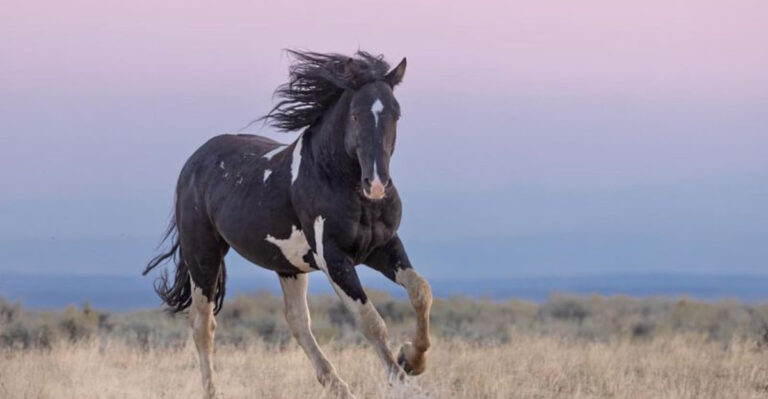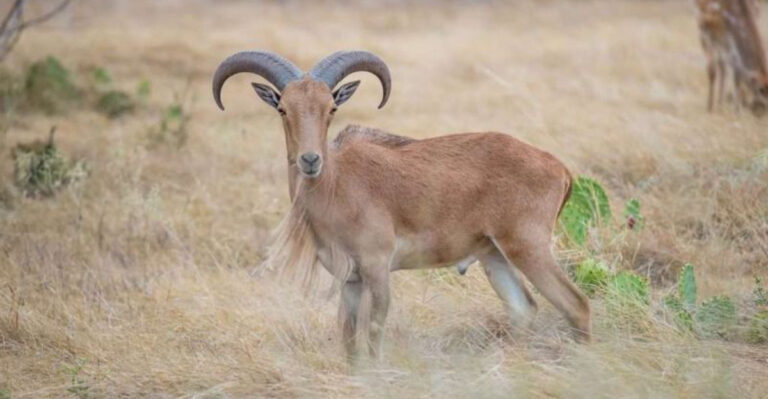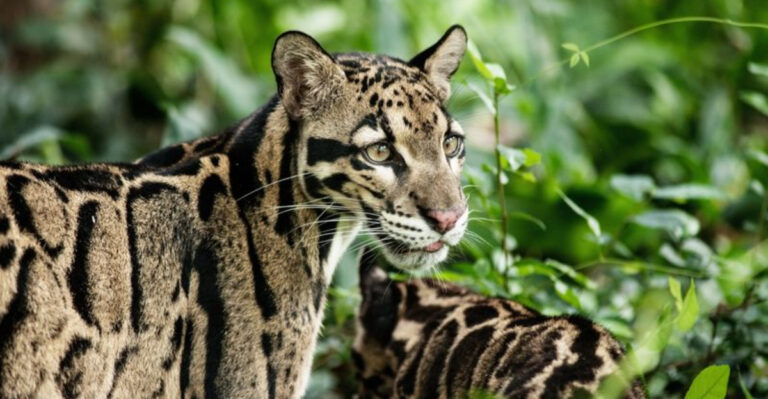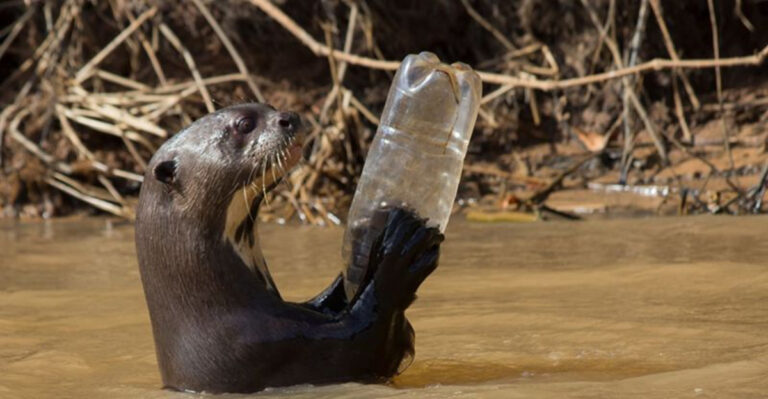Did Dinosaurs Really Dominate Every Corner Of The Earth?
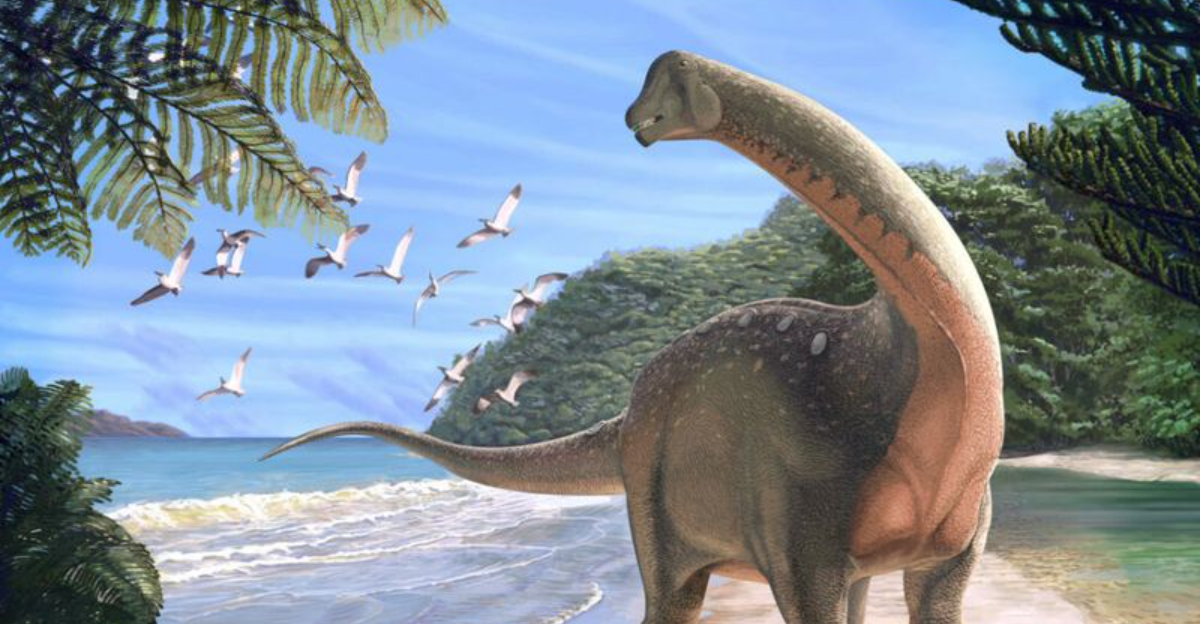
When we think of dinosaurs, we often picture massive creatures stomping across every inch of the planet. These ancient reptiles ruled for over 165 million years, leaving behind fossils that fire up our imagination.
But did these prehistoric giants really control the entire globe? Let’s explore some surprising facts about where dinosaurs actually lived – and where they didn’t.
Antarctica’s Surprising Dinosaur Residents
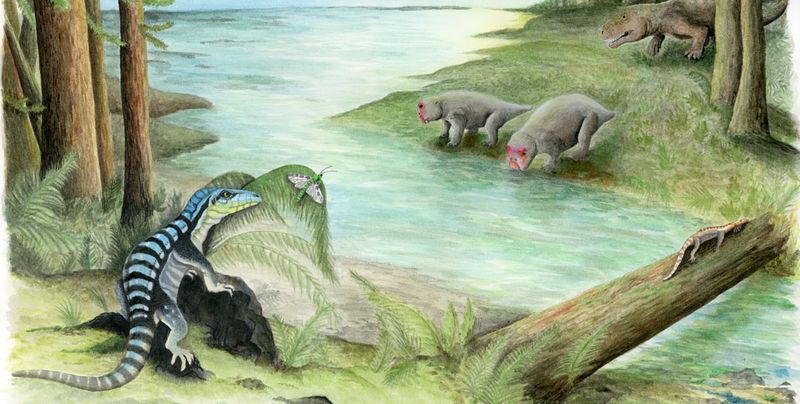
Before becoming a frozen wasteland, Antarctica was home to several dinosaur species! Scientists have discovered fossils of crested dinosaurs and plant-eaters that once roamed its formerly temperate landscape.
Back then, Antarctica was connected to other continents and enjoyed a much warmer climate. These discoveries challenge our image of dinosaurs as creatures that only thrived in tropical environments.
Missing From The Deep Blue
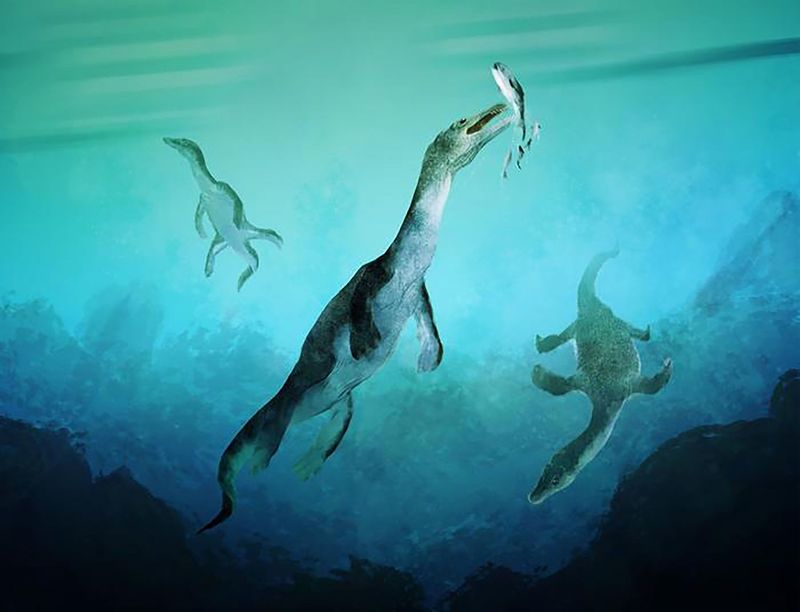
Oceans covered about 70% of Earth during the dinosaur era – just like today – and true dinosaurs never conquered these vast waters. While flying pterosaurs soared above waves and marine reptiles like plesiosaurs swam below, these weren’t technically dinosaurs.
The deep blue remained dinosaur-free territory throughout their entire reign, limiting their actual global footprint significantly.
Australia’s Dinosaur Mystery
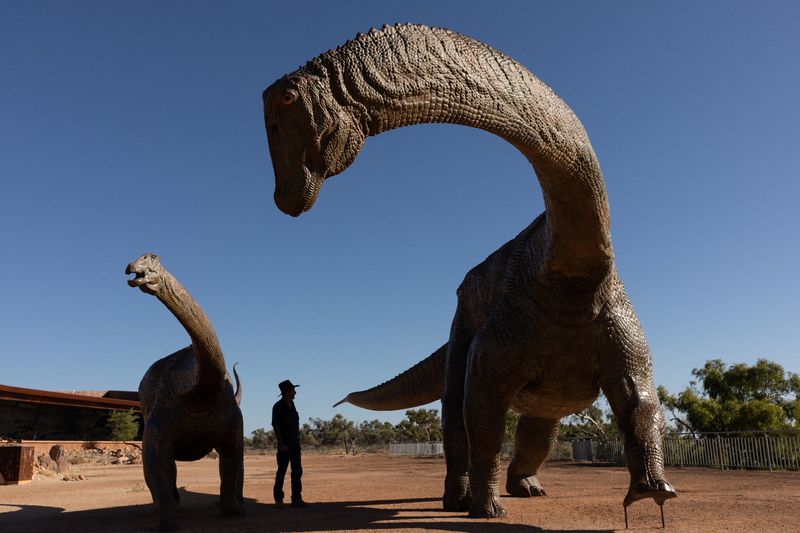
Australia has yielded surprisingly few dinosaur fossils compared to other continents. The land down under has only about 20 named species – a tiny number compared to North America’s hundreds.
This fossil scarcity might be due to Australia’s ancient geography and limited excavation opportunities. What secrets might still lie buried in the outback’s remote corners? Many paleontologists believe we’ve only scratched the surface.
High-Altitude Holdouts
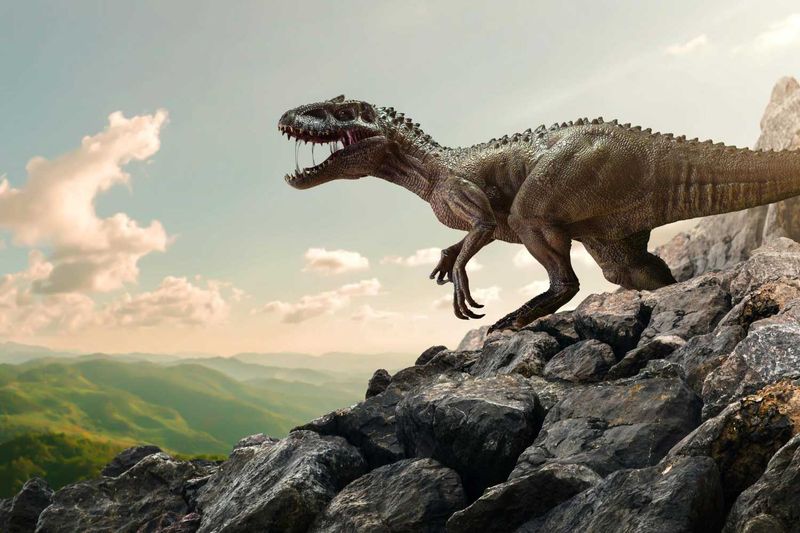
Mountain peaks posed serious challenges for dinosaurs. The thin air, harsh weather, and scarce vegetation made these environments inhospitable even for the mighty thunder lizards.
Fossil evidence suggests dinosaurs primarily stuck to lowlands and valleys where resources were plentiful. Their absence from extreme elevations created natural refuges where smaller animals could thrive without competition from these dominant reptiles.
Polar Dinosaur Adaptations
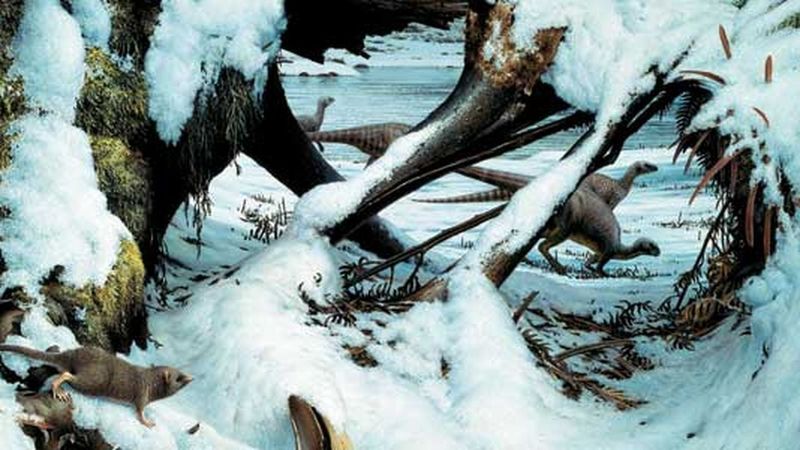
Far from avoiding cold regions, some dinosaurs evolved special adaptations for life near the ancient poles! Species like Cryolophosaurus had larger eyes to see during long polar nights.
Others developed different metabolic strategies to survive seasonal temperature changes. These cold-weather specialists challenge our traditional view of dinosaurs as purely tropical or temperate creatures, showing their remarkable ability to adapt to diverse environments.
Desert Dinosaur Gaps
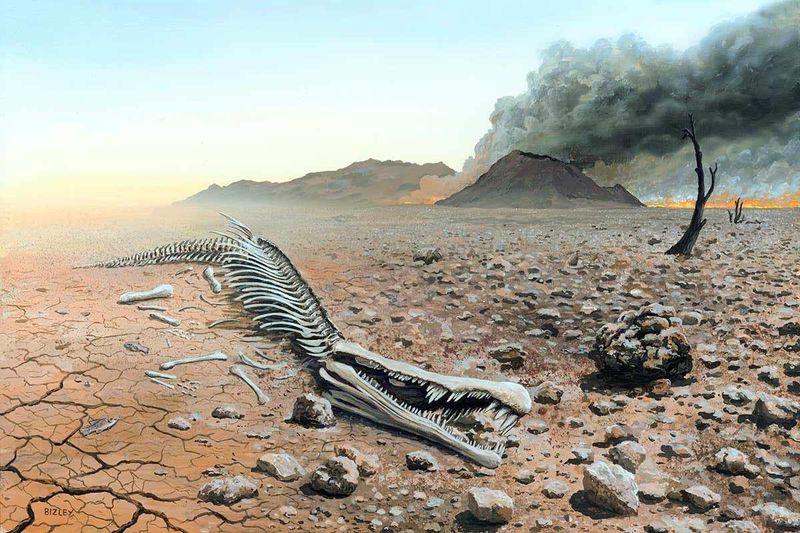
Extreme deserts presented major obstacles even for adaptable dinosaurs. The harshest sandy wastelands lacked sufficient water and vegetation to support large dinosaur populations.
While some specialized species could survive in semi-arid environments, truly extreme deserts likely remained largely dinosaur-free zones. These harsh landscapes created natural boundaries that fragmented dinosaur populations and influenced their evolution across continents.
Uneven Global Distribution
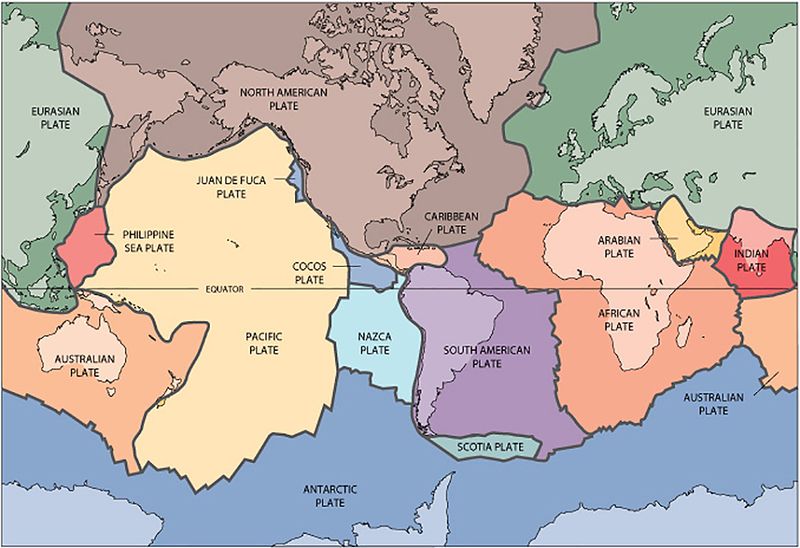
Fossil records reveal dinosaurs weren’t evenly spread across the planet. Some regions teemed with diverse species while others hosted only a few specialized types.
This patchy distribution was influenced by ancient geography, climate zones, and natural barriers like mountain ranges and oceans. Think of dinosaur territory as a patchwork quilt rather than a complete blanket covering Earth – dense in some places, sparse in others.
Island Dwarfism Phenomenon
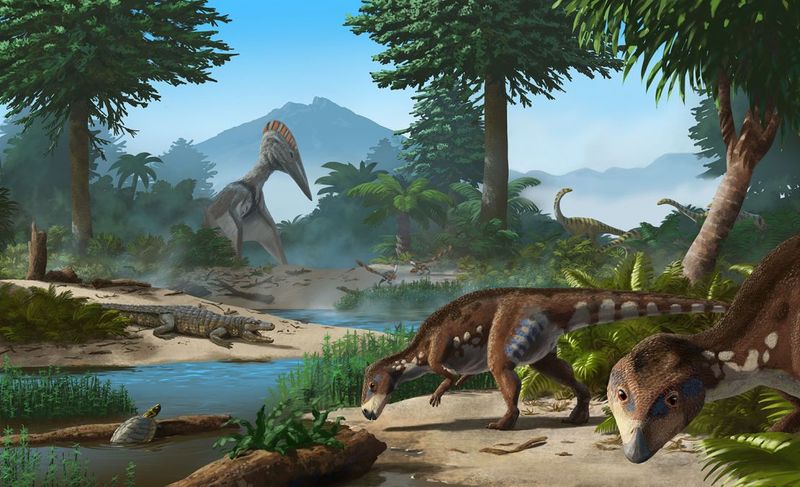
When dinosaurs did reach isolated islands, something fascinating happened – they often evolved into miniature versions of their mainland relatives! This phenomenon, called island dwarfism, occurred because limited resources couldn’t support full-sized dinosaurs.
These pint-sized versions show how geography shaped dinosaur evolution. Some islands remained completely dinosaur-free if they were too remote for even the most adventurous prehistoric travelers.
Ecological Niches They Never Filled
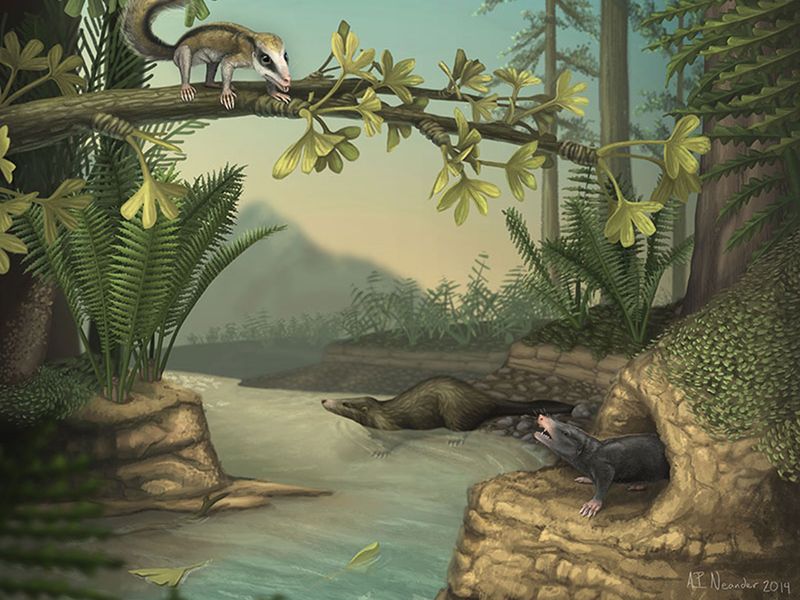
Despite their diversity, dinosaurs never occupied certain ecological roles. They never evolved fully aquatic lifestyles like whales or dolphins, nor did they develop advanced burrowing abilities like modern moles.
These unfilled niches left room for other animal groups to thrive alongside dinosaurs. This ecological separation helped mammals, amphibians, and other creatures survive in dinosaur-dominated landscapes by exploiting these alternative lifestyles.
The Great Continental Shift
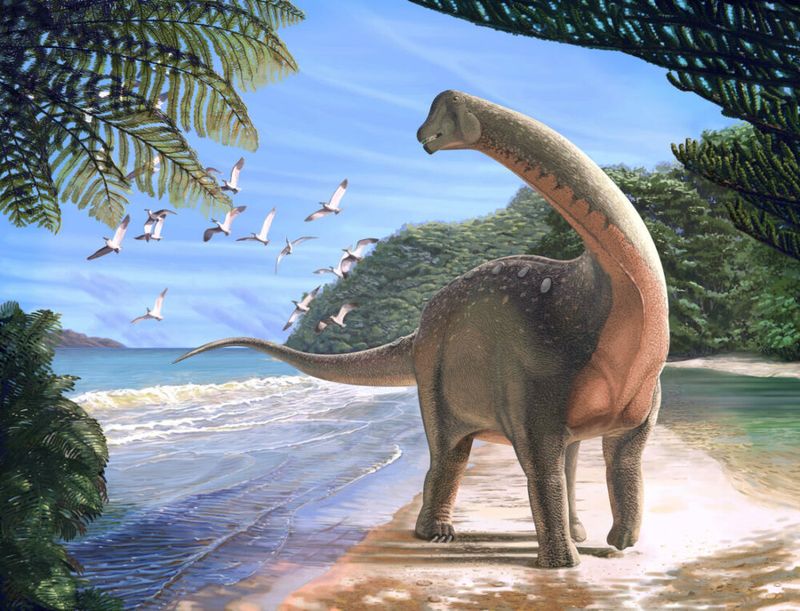
As continents drifted apart during the Mesozoic Era, dinosaur populations became isolated from each other, leading to distinct regional species. North American dinosaurs evolved differently from their African cousins once the Atlantic Ocean separated them.
This continental drift created natural experiments in dinosaur evolution, resulting in unique species on each landmass. Their distribution was constantly reshaped by these massive geological changes throughout their reign.

